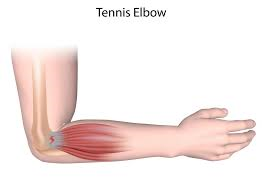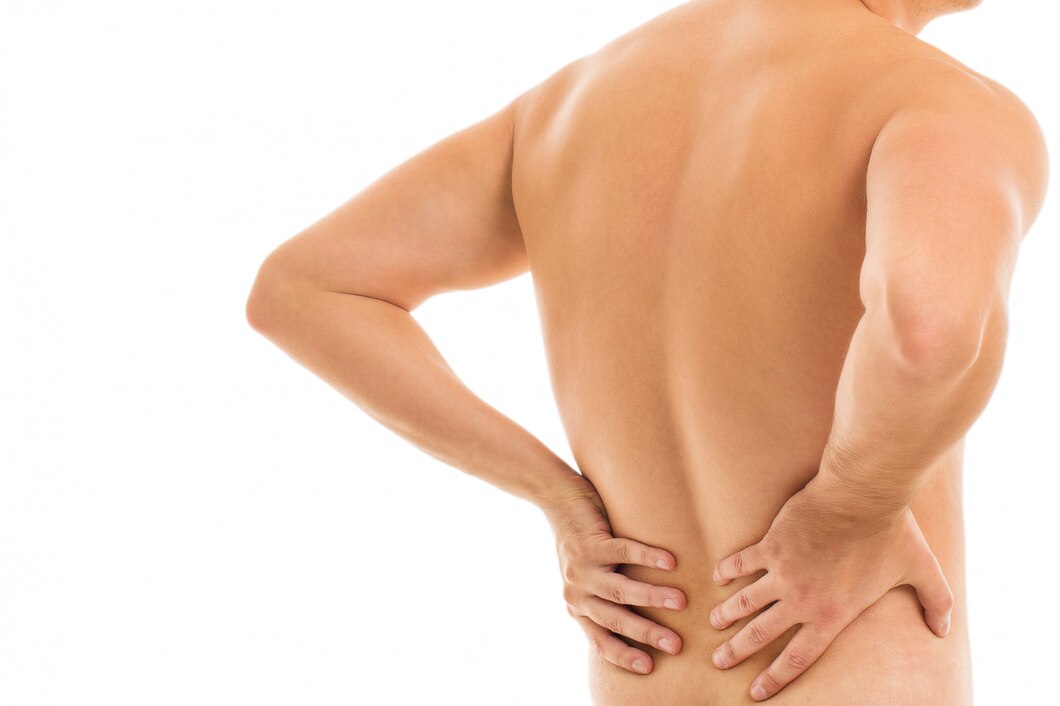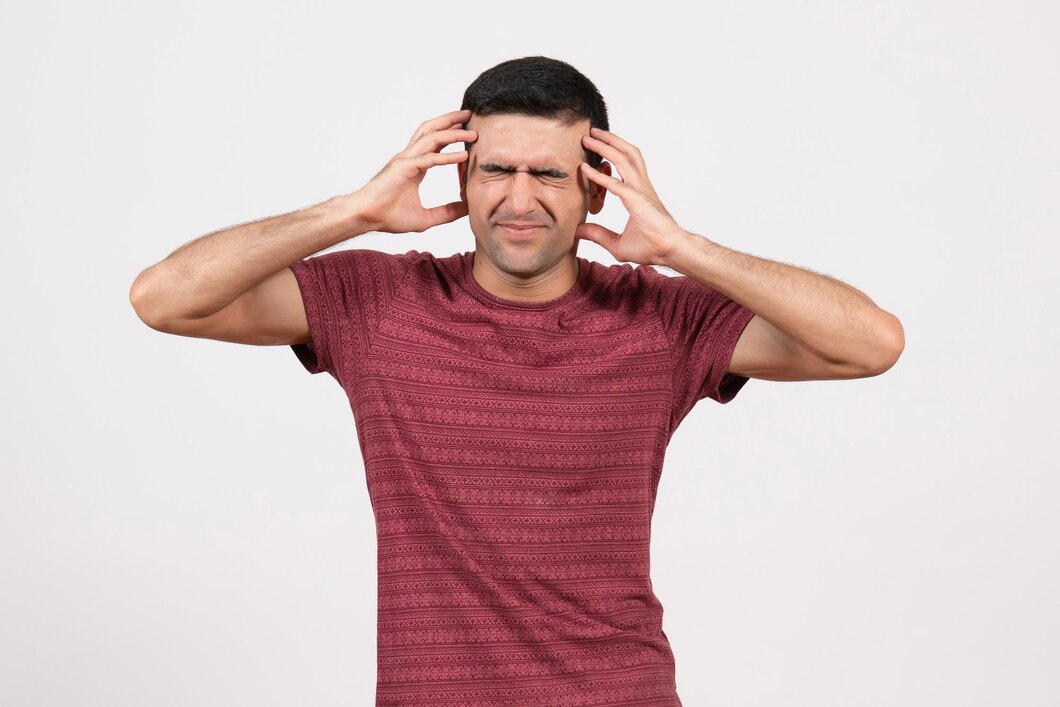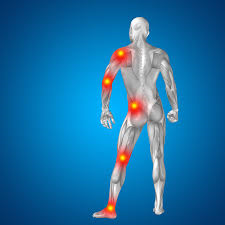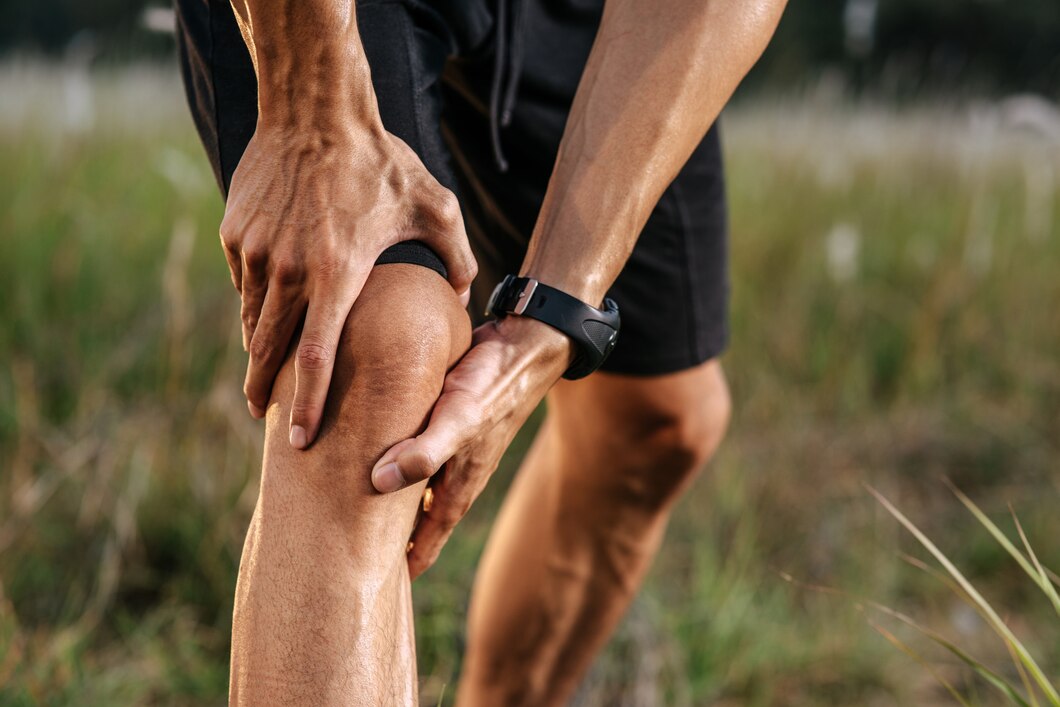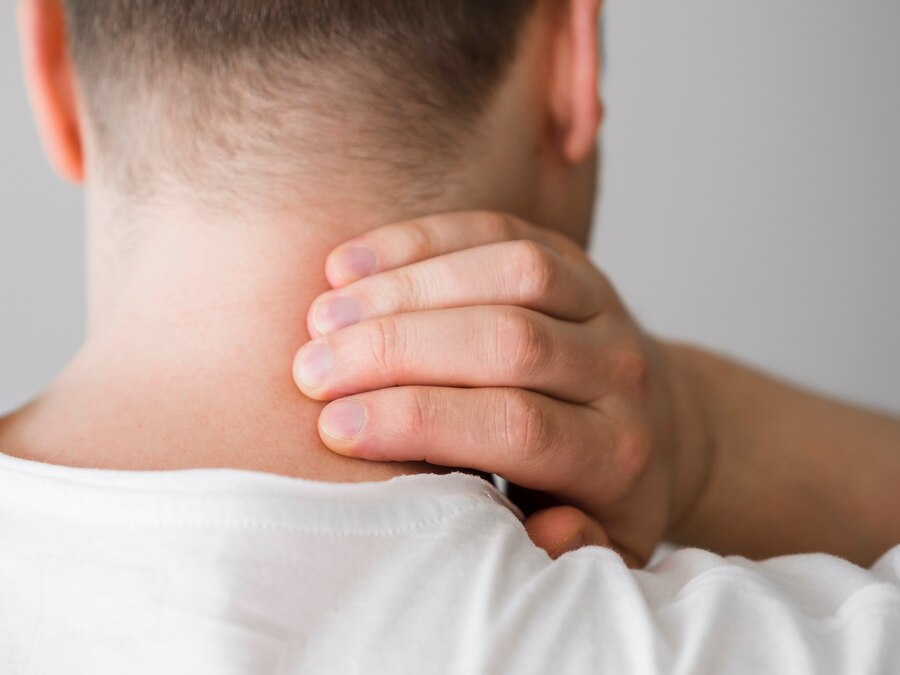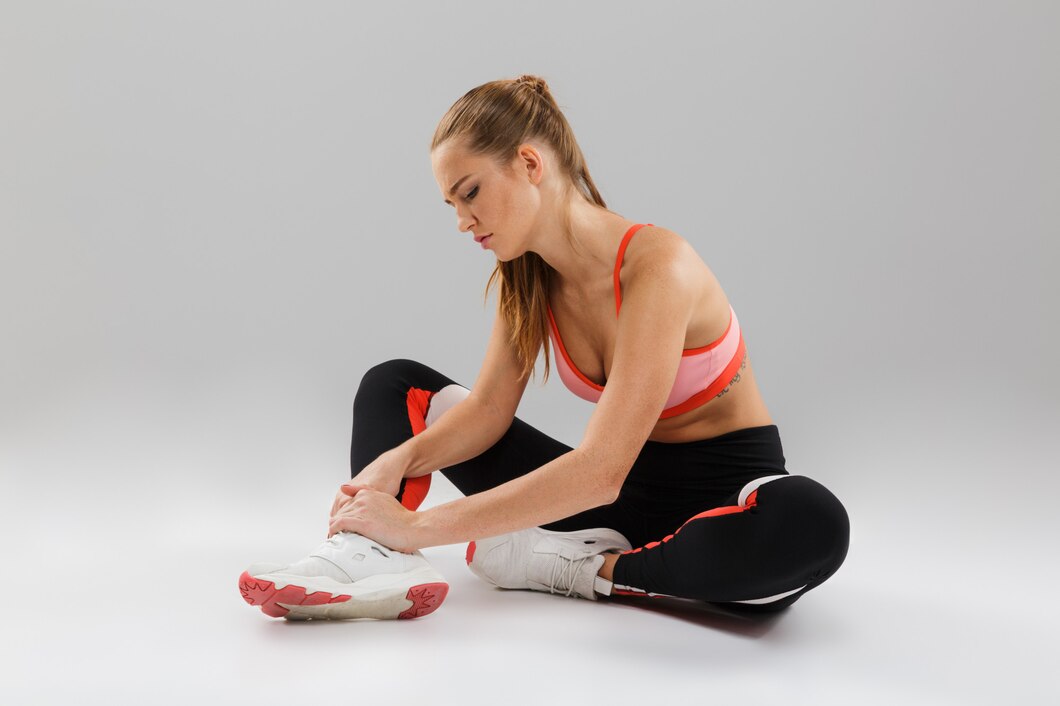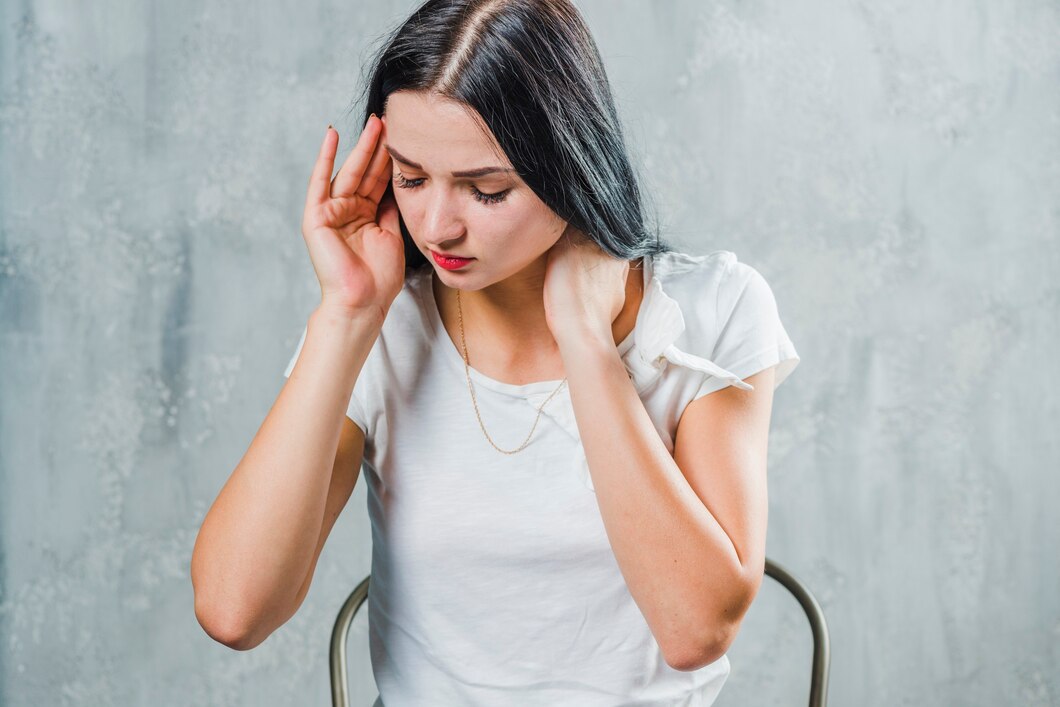BODY CARE PHYSIOTHERAPY AJAX – TOP PAIN & INJURY TREATMENT CENTER
HIP PAIN – AJAX
Hip Pain at Body Care Physiotherapy Ajax

Welcome to Body Care Physio & Rehab! If you’re struggling with hip pain, you’re not alone. Hip pain is a common issue that can affect individuals of all ages and activity levels. Our team of experienced physiotherapists is here to help you understand the causes of hip pain, how it can be diagnosed, and the various treatment options available to alleviate your discomfort and improve your quality of life. Hip pain can stem from various causes, including arthritis, muscle strains, or injuries. It often manifests as discomfort or stiffness in the hip joint, which can radiate to the lower back or thighs. The pain might be sharp or dull and can be exacerbated by movement, particularly activities like walking, climbing stairs, or standing for extended periods.
What is Hip Pain?
Hip pain refers to discomfort or pain that originates from the hip joint or surrounding areas, such as the pelvis, thighs, or lower back. The hip joint is a ball-and-socket joint that allows for a wide range of motion. When this joint or the structures around it become inflamed or injured, it can lead to pain and restricted movement.
Common Causes of Hip Pain
- Osteoarthritis: A degenerative joint disease that causes the cartilage in the hip joint to wear down over time. This can lead to pain, stiffness, and reduced range of motion.
- Hip Labral Tear: The labrum is a ring of cartilage that cushions the hip joint. Tears can result from repetitive stress or injury and cause pain, clicking, or locking sensations.
- Tendinitis: Inflammation of the tendons around the hip joint, often caused by overuse or strain. Common types include iliopsoas tendinitis and gluteal tendinitis.
- Bursitis: Inflammation of the bursa, a small fluid-filled sac that reduces friction between tissues. Greater trochanteric bursitis is a common type that causes pain on the outer side of the hip.
- Hip Fractures: Typically seen in older adults, especially those with osteoporosis. A fracture can cause severe pain and inability to bear weight on the affected leg.
- Muscle Strains: Overstretching or tearing of the muscles around the hip, such as the hip flexors or adductors, can lead to pain and discomfort.
- Sciatica: Pain that radiates from the lower back down to the hip and leg due to compression or irritation of the sciatic nerve.
- Referred Pain: Pain originating from other areas, such as the lower back or spine, that is felt in the hip area.
Diagnosing Hip Pain
Accurate diagnosis is crucial for effective treatment. At Body Care Physio & Rehab, our physiotherapists use a combination of methods to determine the cause of your hip pain:
- Medical History: We will review your symptoms, lifestyle, and any previous injuries or conditions.
- Physical Examination: Assessing your hip’s range of motion, strength, and flexibility. We may also perform specific tests to identify the source of pain.
- Imaging Studies: In some cases, we may recommend X-rays, MRI, or ultrasound to get a detailed view of the hip joint and surrounding tissues.
Treatment Options
Our goal is to develop a personalized treatment plan to address the root cause of your hip pain and help you return to your daily activities. Treatment options may include:
- Manual Therapy: Techniques such as joint mobilizations and soft tissue massage to reduce pain, improve joint function, and increase flexibility.
- Exercise Therapy: Tailored exercises to strengthen the muscles around the hip, improve stability, and enhance range of motion. This may include stretching, strengthening, and proprioceptive exercises.
- Heat and Cold Therapy: Applying heat or cold packs can help reduce inflammation and alleviate pain.
- Postural and Ergonomic Advice: Guidance on proper posture and body mechanics to prevent further strain on the hip joint.
- Assistive Devices: Recommendations for using supportive devices like braces or orthotics to improve hip function and reduce pain.
- Education and Lifestyle Modifications: Advice on weight management, activity modification, and self-care strategies to support long-term hip health.
- Collaborative Care: If necessary, we work closely with other healthcare professionals, such as orthopedic specialists or pain management experts, to provide comprehensive care.
Preventing Hip Pain
Preventing hip pain involves maintaining a healthy lifestyle and incorporating practices to support hip health:
- Regular Exercise: Engage in activities that strengthen the hip muscles and maintain flexibility. Low-impact exercises like swimming or cycling can be beneficial.
- Proper Warm-Up: Always warm up before engaging in physical activities to reduce the risk of injury.
- Healthy Weight: Maintaining a healthy weight can reduce stress on the hip joints.
- Good Posture: Practice good posture and body mechanics to avoid unnecessary strain on the hips.
Get Started with Body Care Physio & Rehab
If you’re experiencing hip pain, don’t wait for it to become a chronic issue. Contact Body Care Physio & Rehab today to schedule a consultation with one of our skilled physiotherapists. We are dedicated to helping you find relief and get back to living your life fully.
___________________________________________________________
Experience the Best Physiotherapy Ajax offers!
Comprehensive Care for Your Recovery & Wellness – Physiotherapy Ajax
At Body Care Physiotherapy Ajax, we prioritize patient care, offering state-of-the-art treatments and a compassionate approach to recovery. Whether you’re dealing with an injury, chronic pain, or mobility issues, our expert team is here to help.
Book Your Appointment Today!
Take the first step toward a healthier, pain-free life. Contact Body Care Physiotherapy Ajax to schedule your consultation and experience the transformative benefits of physiotherapy!
At Body Care Physiotherapy Ajax we go beyond traditional care to provide expert physiotherapy, chiropractic care, osteopathy, and specialized treatments for your recovery. Whether you’re dealing with back pain, joint pain, headaches, or post-op rehab, our multidisciplinary team is here to help.
We offer advanced therapies like acupuncture, shockwave therapy, Bioflex laser therapy, cupping therapy, and vestibular therapy to accelerate healing and restore function. Our massage therapy, balance training, and kinesio taping methods provide hands-on relief and improved mobility.
For additional support, we provide custom orthotics, braces, and compression stockings to aid long-term recovery and injury prevention. If you’re recovering from a motor vehicle accident (MVA therapy) or workplace injury (WSIB), our tailored rehabilitation plans ensure the best possible outcomes.
Your health and well-being are our priority—experience personalized, effective care with Body Care Physiotherapy Ajax today.









